History and stories
Hotel d'Hane Steenhuyse
Upstairs downstairs
One of the most magnificent buildings along Ghent’s Veldstraat is an eighteenth-century town house with a sublime ballroom and opulently-decorated salons. The guest book features such illustrious names as the French King Louis XVIII, the Russian czar Alexander I and Prince Frederick of the Netherlands. Close your eyes when standing in the beautifully-restored interior and you’ll have no trouble imagining the society balls that were once given here. The majestic staircase sweeps up to the first floor and the more intimate rooms: the (separate) bedrooms of the count and countess, the music salon and the children’s rooms. Smaller staircases lead to the servants’ quarters. Upstairs downstairs, a long-forgotten world.
Crowned heads
On 16 July 1698, the Honourable Jean-Baptiste d’Hane (1659-1725) acquired the house on Veldstraat. The d’Hane family was an old Ghent family, which had played an active role in local politics for many centuries but had only recently been raised to the peerage. In the years following the acquisition, the building was extended and renovated. By the end of the eighteenth century, it had been transformed into a sumptuous city palace. Count Jean-Baptiste d’Hane de Steenhuyse (1757-1826) welcomed many prestigious guests and crowned heads in this house during his lifetime. Prince Frederick of the Netherlands and the Russian czar Alexander I stayed here. The French King Louis XVIII also sought refuge here in 1815, after fleeing Napoleon’s troops.
In 1953, the building became a listed monument. The City of Ghent acquired it in 1981. Since then, this townhouse has become a cultural centre.
-
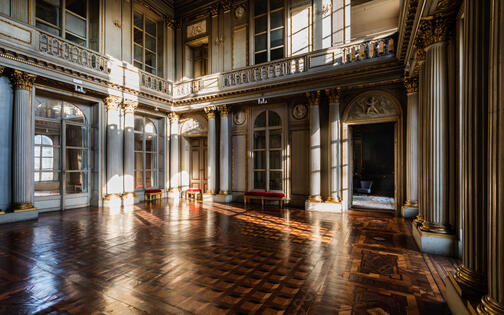
© Marthe Hoet -
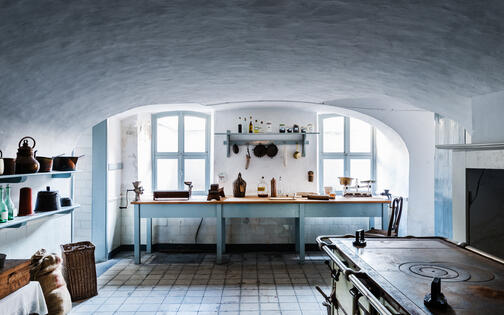
-
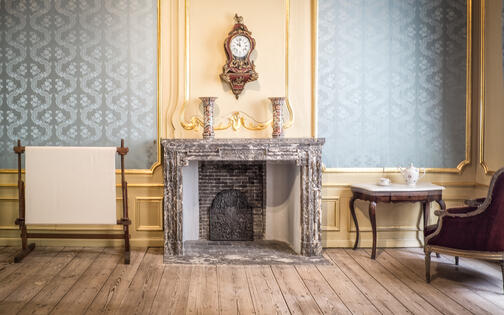
© Marlies Vangelder -
3 Show all photos
Arnold Vander Haeghen House
The glory days of Arnold Vander Haeghen
The interior of this lovely house evokes the atmosphere of the early twentieth century, the glory days of Arnold Vander Haeghen. He was a passionate amateur photographer who can certainly be described as a street photographer ‘avant la lettre’. He took to the street with his camera and photographed people as they went about their daily business. He was more interested in that than in spectacular events. Consequently, his work yields a wealth of information on Ghent and Flemish daily life around the turn of the century and covers the lives of both ordinary men and women and the middle classes.
Chinese salon
The vestibule and dining room give a hint of the belle époque, while the Chinese salon, with its original 18th-century silk wallpaper, was also one of the best rooms in the Vander Haeghen family house. The wallpaper is also unique in its kind. Although six Chinese salons have been preserved in Ghent, the Chinese salon of Arnold Vander Haeghen House is the only one where silk has been used for decoration. All other wall paintings are on paper, reinforced with a linen base.
Maeterlinck’s study
The odd room out in Arnold Vander Haeghen House is the cabinet which belonged to Maurice Maeterlinck, a contemporary of Arnold Vander Haeghen. Let’s make it quite clear that Nobel Prize winner Maurice never stayed in this house. His study from Orlamonde in Nice, where he lived and worked until his death in 1949, was donated by his family to the City of Ghent in 1973. It found a good home at Veldstraat 82.
History
In 1771, the Ghent textile manufacturer J. Clemmen acquired the house. For many years, it was known as the Clemmen House. He added classical and baroque decorative elements to the façade and ordered that another wing be built at the rear of the house, where he established a cotton printing workshop.
In 1836, the townhouse passed into the hands of the Ghent-based Vander Haeghen family. This family bequeathed the building to the City of Ghent on condition that it became a museum. In 1953, the building reopened as a museum. Since 1997, the Culture and Arts Departments of the City of Ghent also uses the building.
-
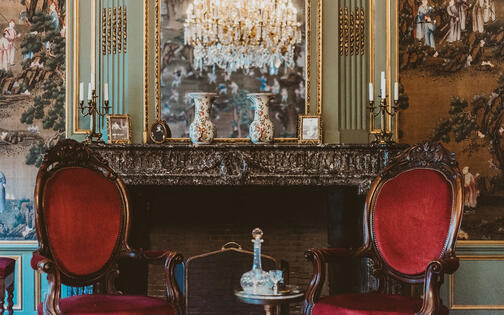
© Tini Cleemput -
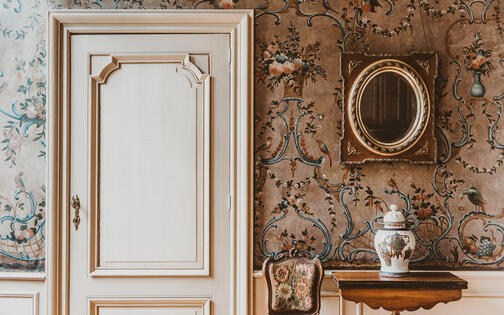
© Tini Cleemput -

© Tini Cleemput -
3 Show all photos
